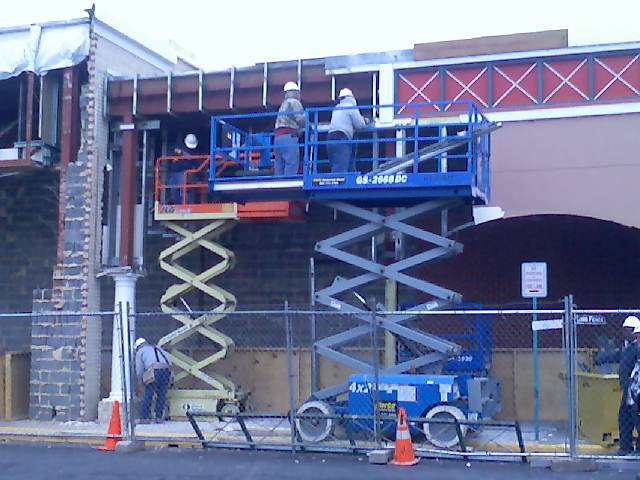Within the construction sector, working at height continues to be one of the greatest causes of death and major injury. When not following proper health and safety precautions, accidents are far too common, putting workers in danger, and the company responsible for them at risk of personal injury liability. Read more to understand five key tips to follow when working way above ground level. Carry out a risk assessment Before beginning any job or project, a comprehensive risk assessment must be carried out which ensures there is no viable alternative to working at height, and that the method of access to be used is the safest way of undertaking the job. If it is determined that working at height is unavoidable, it is an employer’s duty to carefully select the appropriate equipment, ensuring it meets all the safety standards and minimises the risk to the member of staff. Select the right equipment When choosing the appropriate scaffolding or other equipment that is necessary when working at height, there are several things to consider. Ground conditions, environmental surroundings, maximum workload and the experience of the workforce are all important aspects which help employers understand the type of equipment their staff should be using. There are plenty of places offering scaffolding towers for sale, but not all of them meet the high-quality standards necessary for a safe working environment. As such, be sure to only purchase equipment from trusted suppliers, such as those which meet the British Safety Council’s criteria for membership and those whose equipment is BSI Kitemark registered. Trained staff All staff working at height must be properly trained and understand the health and safety risks. When using any equipment on site, staff should be fully aware of its proper use, and should consult the user guides where necessary in order to make sure they are being used correctly. The user manual can assist with installation, maintenance and inspection, all of which are essential in ensuring the ongoing safety of any equipment used on site. Watch out for hazards Hazards are rife within construction sites and these are only amplified when you add great height into the equation. If staff are working on uneven surfaces, near power lines or manhole covers, then they must be equipped to deal with the potential threats they could pose. Undergoing a detailed safety assessment at the start of any project, as well as ensuring staff are always on the lookout for potential hazards when working at height, is essential. Moreover, keeping the construction site organised throughout a project is important, not only for organisational purposes, but also for health and safety, since having tools lying around can only spell disaster for workers who are trying to manoeuvre accurately at great height. Inspect equipment thoroughly Once equipment has been installed and you are ready to get started on the project, it is vital to meticulously inspect everything to ensure the equipment is as safe as possible. Be sure to keep an eye out for anything that could have been glossed over during the installation process. For instance, the braces and ties which secure the equipment to the building should be extremely secure, and the guardrails should be set-up properly. Construction sites are rampant with potential hazards, especially when staff must work at height. However, by adhering to the proper health and safety standards, carrying out thorough risk assessments and continuously being on the lookout for issues, employers can ensure their staff are kept safe from harm at all times.







